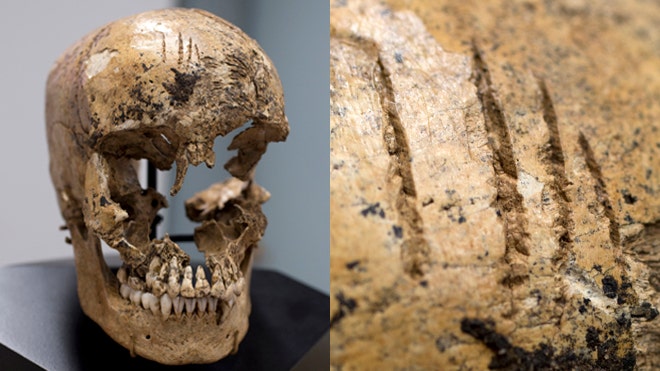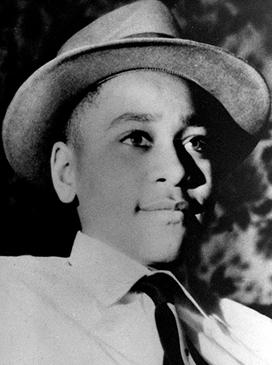The following blog post is based off of information from the article “The Amazing (Real) History behind the Assassin’s Creed Franchise” by Richard Archer, posted to the gaming news website Playstation Universe on August 17th, 2013.
http://www.psu.com/a020553/The-amazing-(real)-history-behind-the-Assassins-Creed-franchise The information was validated with Wikipedia.
...
When one looks into pop culture for references to things learned in history class, one would not expect to find the answer in a video game, especially one with the word “Assassin” in the title. The Assassin’s Creed franchise from Ubisoft, a popular series of books, comics, and, most importantly, XBOX and Playstation games, contains many historically accurate plot points and references which are extremely relevant, not only in the theme of the series, but the main plot as well. The story behind the series revolves around a major corporation which has created a device that allows the user to relive the memories of their ancestors, up to around 1000 years into the past. Each game explores a different area and time throughout history, touching upon many important subjects such as racism, slavery, corrupt government, and revolution. The second, third and fourth games in the series all center on topics which we have explored in history class.
...
The second game in the series, Assassin’s Creed II, takes place in Renaissance Italy (the first topic of 9th grade history), in the cities of Venice, Florence, Forlì, San Gimignano, and the Tuscan countryside. The player controls Ezio Auditore da Firenze, an Italian nobleman, and is given the ability to observe the sights of and travel through the highly artistic world that is Renaissance- era Italy. In the beginning of the game, Ezio is suddenly thrust into a plot devised by corrupt noblemen, resulting in the death of his family and causing him to join an order of “assassins,” appropriately named the “Assassins Guild.” The Guild targets dishonest or immoral officials who they believe to be a part of the communist-like group of world leaders called the Templars. Believe it or not, these seemingly-fictitious groups of morally ambiguous men of the Renaissance were both, at one time or another, real groups. The real Assassin’s Guild was founded long before its rise to power during the Third Crusade (1189-1192) by Persian missionaries, led by Hassan-I Sabbah. They did not necessarily kill any corrupt politician they saw, but in fact they were most famous for leaving a dagger on the pillow of their targets as a warning. Their rivals in the video game series, the Templars, similarly rose to power during the Third Crusade, despite their founding long before. They were mostly philanthropists who, when given some benefits from the Pope, took advantage of him and became corrupt members of society. Assassin’s Creed, the first game in the series, aligns well with this history, and the second game in the series sees both groups resurface in Renaissance Italy.
...
Assassin’s Creed III, like its predecessors, takes place in the past. In this game, however, the player takes the place of Connor, a Native American in colonial Boston. It is the year 1776, and the Revolutionary War is fully under way. Early on in the game, Connor meets up with an Assassin Guild leader named Achilles Davenport following the destruction of his village by British Templars. The Assassin’s Guild eventually sides with George Washington and the Patriots, and the Templars become partially involved with the British government. Throughout the course of the game, Connor can meet many different important historical figures from the early 13 colonies, such as Benjamin Franklin, George Washington, Paul Revere, General Charles Lee, and Samuel Adams. The player can engage in missions revolving around many historical events in colonial Boston, including but not limited to The Boston Massacre, The Boston Tea Party, The Battle of Bunker Hill, and Paul Revere’s Ride.
...
The fourth and most recent game in the Assassin’s Creed series, Assassin’s Creed IV: Black Flag, revolves around a topic that takes up a long period of time in the 9th grade history curriculum. Although Black Flag goes back in time as opposed to the previous games, the game revolves around Edward Kenway, a British Privateer-turned-pirate during the era of Spanish, French, and English colonization of the Americas. The player has the ability to explore the islands of the Caribbean, for example Nassau and Tortuga, when they were just recently colonized, as well as explore the ocean and the waters around the area from a pirate’s point of view. When sailing through the islands, one has the ability to take or destroy Spanish, French, and English ships that they see. Throughout the game, Edward can even run into interesting and colorful historical figures such as Edward “Blackbeard” Thatch and Anne Bonny
, eventually meeting up with the real historical group that is the Assassin’s Guild and helping to eliminate the equally-real Templars.
...
We don’t know where or when the Assassin’s Creed series will take players in future games, but one thing is for certain. Ubisoft will continue to astound players with realistic settings, characters, plots, and playability for many years to come, as seen by the fact that Assassin’s Creed sales (for the whole franchise, not just the eponymous first game) haven’t ever experienced a time where they were on the lower end of the spectrum of video game sales as a whole. Whether the topic of the game is Renaissance Italy, colonial Massachusetts, or Age of Exploration Caribbean Sea, if you payed attention in 9th grade history, you will surely see a different side of this series that is absolutely breathtaking.
...

















